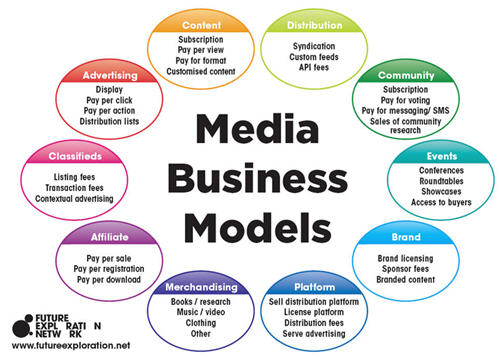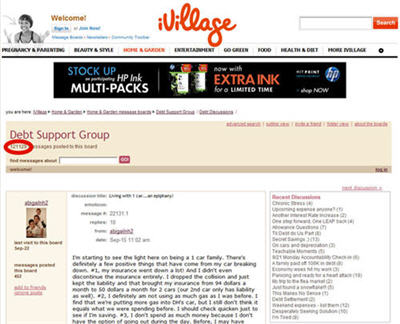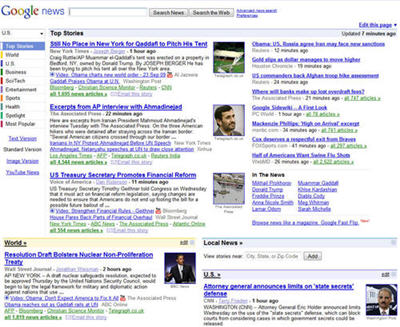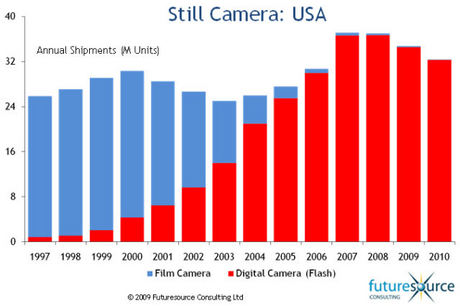Keynote on Creating the Future of Media including Six Strategic Issues for publishers
Yesterday I did a keynote for Publishers Australia on Creating the Future of Media, pointing to driving forces, key strategic issues, and action items for media companies today, with Iggy Pintado also presenting on leveraging social media in publishing.
The event attracted more attendees than any similar event organized by Publishers Australia so far, so clearly these issues are at the top of the agenda for the industry.
The slides to my presentation are below. As always, note that these slides are designed to accompany my presentation, NOT to be meaningful as stand-alone information. However many people tell me they still find value in the slides even without being able to attend my keynotes, so feel free to peruse them!
To complement the slides, here is a brief description of the Six Strategic Issues I covered in the presentation:
1. Scaling

The rise of low-cost distribution and the well-known phenomenon of the long tail means that there are now a multiplicity of media business models. The critical issue is understanding where you are along the curve, and appropriately scaling costs and revenues. One of the most critical competences in this world is being able to effectively implement “micro-niche” strategies across countries, industries, or industry segments. For more information see Key elements of media business models from our Future of Media Report 2007.
2. Network business models

Business and revenue models for media are proliferating. Advertising and charging for content are still fundamental models, but there are now many alternatives or complements to these. The most interesting models all have network characteristics, tapping the value of media as network. Note that the chart of media business models above is a first draft which we will refine and soon release more broadly.
3. Community

Community is becoming the heart of media. Some (though certainly not all!) media companies already understand this well, however media entities of all kinds need to work hard at increasing their competence at building relationships, creating value for communities, and crowd-sourcing content, which is at the heart of many scaled business models.
4. Link economy

Over the last six months there has been an extraordinary degree of discussion on the “link economy”, primarily between major media institutions and Google. How should value be appropriated across the network of content and aggregators that comprise the extended media world of today? However savvy smaller media companies themselves have an opportunity to be aggregators and take advantage of the link economy.
5. Repositioning

In every industry today, but perhaps particularly in media, companies need to reposition themselves from their traditional positioning into new spaces. Our flow economy framework is a useful tool for thinking through this process. For details see our Future of Media: Strategy Tools framework and Chapter 7 of Living Networks.
6. Innovation mechanisms

Industry transitions can happen very swiftly, as shown by the shift from film to digital cameras. Innovation mechanisms in an organization facilitate the steps that will support rapid change. In particular, it is difficult in businesses that are experiencing challenging times to invest in businesses where the return is unpredictable. Internal structures for decisions on investing in future cash-flow can provide the discipline to take action when it is often easier to let current structures ride.
